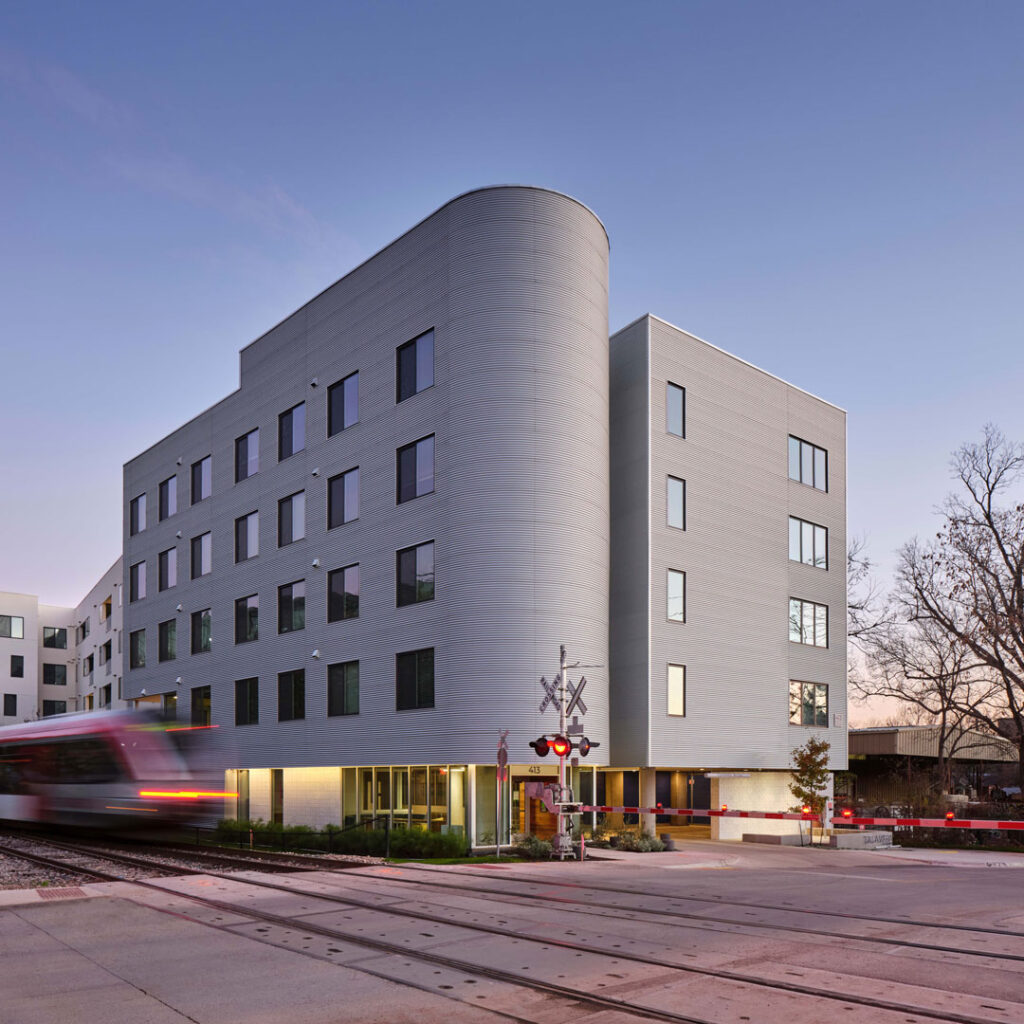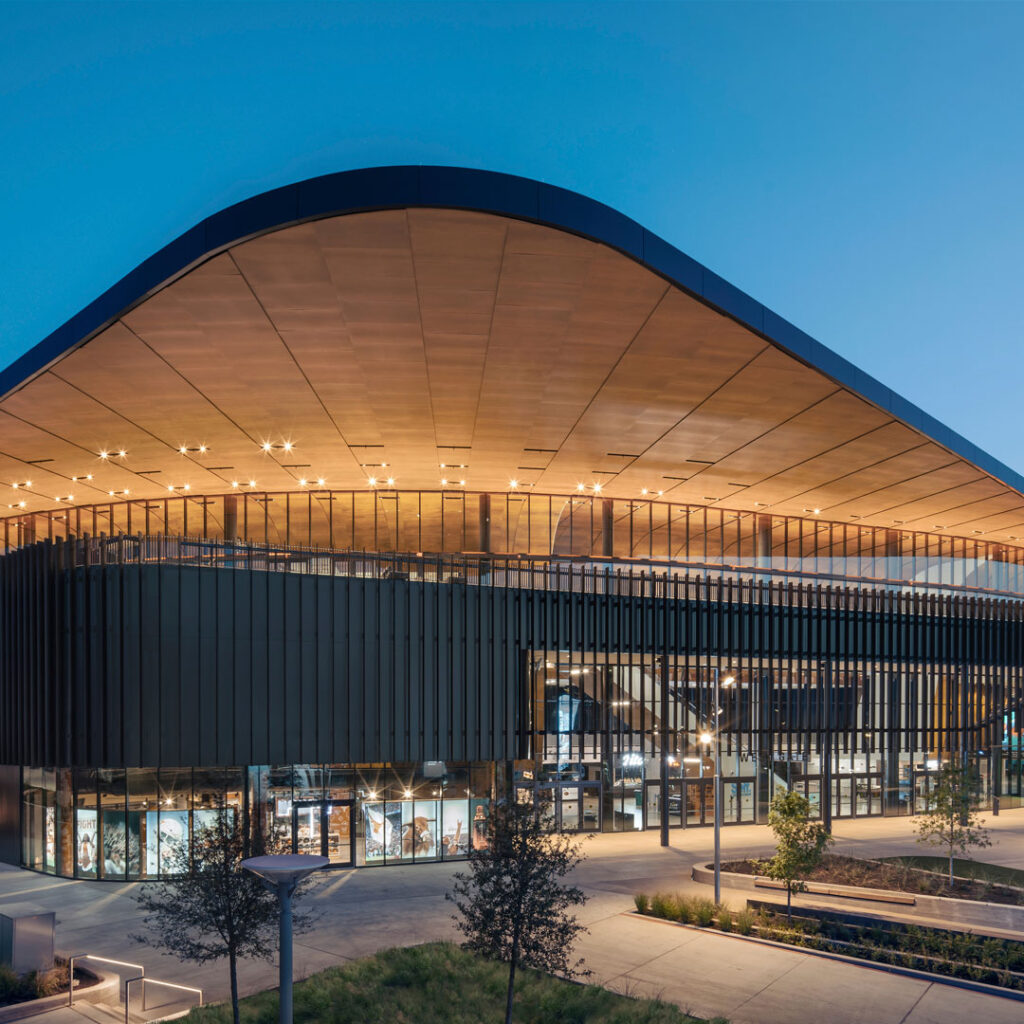The 2023 Design Awards were bestowed on May 17, 2023 at Austin PBS.
2023 DESIGN AWARD WINNERS:
- Page
- Barnes Gromatzky Kosarek Architects
- Perkins&Will
- Studio8 Architects
- McKinney York Architects
- alterstudio architecture
- Cuppett Kilpatrick Architects
- STG Design
- McKinney York Architects
- Charles Di Piazza Architecture
- Andersson / Wise
- Jobe Corral Architects
- Matt Fajkus Architecture, LLC
- Miró Rivera Architects
- Furman + Keil Architects
- Lemmo Architecture and Design
- McKinney York Architects
- hatch + ulland owen architects
- Nelsen Partners, Inc.
- Gensler
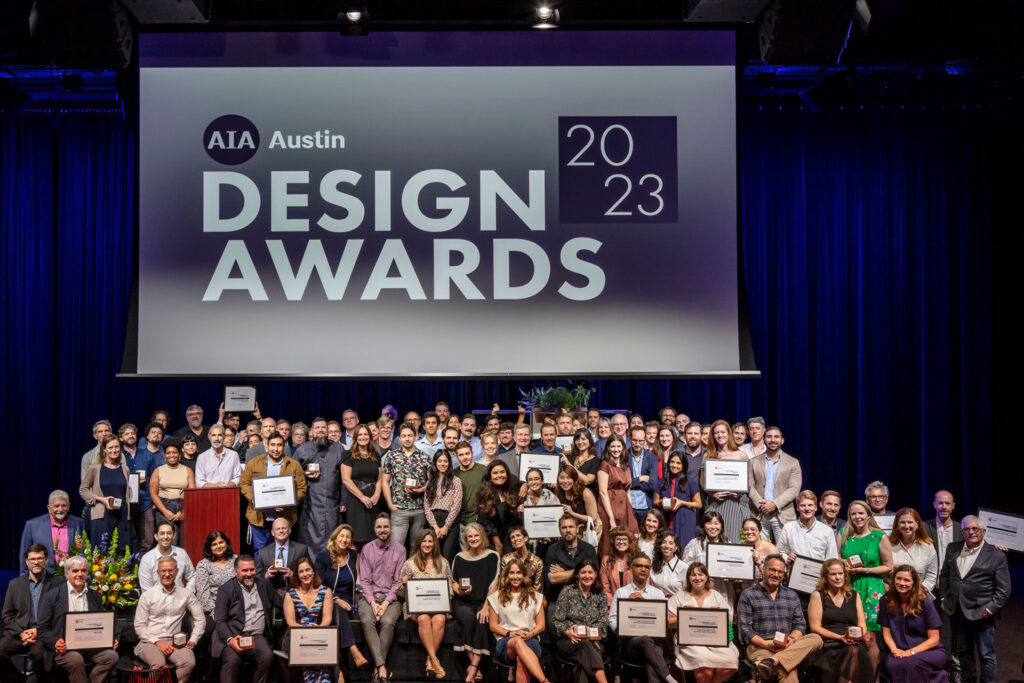
JURORS
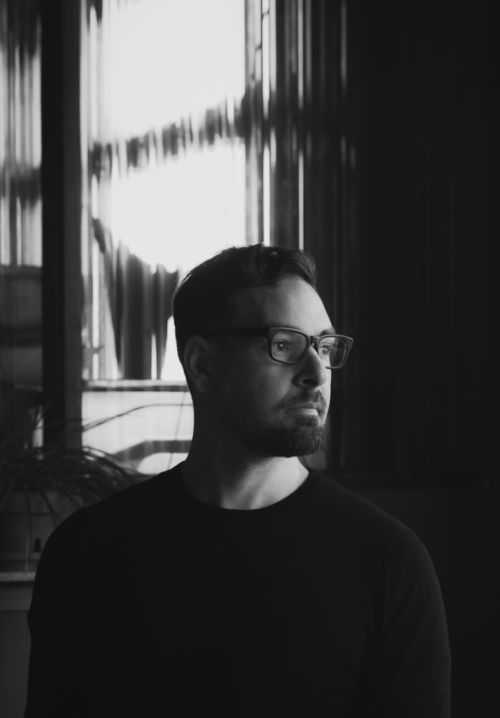
Ahmed ElHusseiny is an architect, designer, and Founder/Principal of AE Superlab, a multidisciplinary design office, operating at the intersection of art, architecture, engineering, and technology. Established in 2014, AE Superlab leverages a native fluency in multiple cutting-edge design and production disciplines. The studio takes advantage of the synergy between these disciplines to provide clients and collaborators with a uniquely flexible design platform for projects that range in scope from consumer product development to urban-scale architectural interventions. AE Superlab aims to challenge conventional modes of design and production via an active focus on research and development, a nimble approach to emerging trends and technologies, and a robust network of collaborators, advisors, and industry specialists. The firm’s projects span a range of scales from award-winning medical sensing devices (Inspiren iN/Augi) and furniture design (the Diwani Chair) to renewable energy infrastructure design (Totem Power) to AIA award-winning private residences (C+S House) and commercial interiors (One Kings Lane, The Garage, Zooba) to urban-scale kinetic sculptures (Halo NY). Prior to founding AE Superlab, Ahmed was a Senior Associate Principal and Design lead at Kohn Pedersen Fox Associates, where he led design teams on numerous large-scale mixed-use projects throughout the US, Asia, and Europe. Ahmed received his Masters Degree in Architecture from the Massachusetts Institute of Technology (MIT) where his studies focused on the interplay of architecture, technology,and narrative storytelling. Ahmed teaches periodically, and is a frequent visiting critic at a number of universities including MIT, Harvard, Cambridge University, Pratt Institute, and Parsons School of Design. In addition to architecture, Ahmed’s furniture designs, illustration, photographs, and short films have been featured at festivals and galleries in New York and internationally.

Swiss-American Urs Peter “Upe” Flueckiger, was born in Herzogenbuchsee, Switzerland. He is a Full Professor in the College of Architecture at Texas Tech University in Lubbock, Texas USA, where he also maintains his architectural practice. Prior to 1998 he worked for several architectural firms in Switzerland including the office of Mario Botta in Lugano, Switzerland, and in New York City in the office of David Rockwell (Rockwellgroup). In 1998 he joined the faculty of the College of Architecture at Texas Tech. He holds a Master of Architecture degree from Virginia Polytechnic Institute and State University in Blacksburg, Virginia. His design and research interests are economical ecological housing, minimalism in architecture, design build, and modernism in the 20th century to the present. In 2004 he and Artist Carol Fitzgerald Flueckiger, designed and built their current house and studio, basing it on Flueckiger’s design philosophy. For his work, Flueckiger has received multiple teaching, research, and design awards. He is the author of the book: “Donald Judd, Architecture in Marfa Texas.” (Birkhäuser 2007 and 2021, 2nd, expanded edition) His design work has been published in “The New York Times”, “Texas Architect Magazine”, among many other books, journals, and magazines. He completed a Sustainable Cabin, a design build project with his students and several projects for Charles Adams, Gallerist in Lubbock, Texas. In his book, “How much House? Thoreau, Le Corbusier and the Sustainable Cabin” (Birkhäuser 2016) he writes about minimal living, the Sustainable Cabin and its inspirations by Le Corbusier and Henry David Thoreau. In 2019 a Spanish edition of How Much House? entitled ¿Cuánta casa necesitamos? Thoreau, Le Corbusier y la cabaña sostenible was published (Gustavo Gili September 2019) When he is not thinking architecture or playing with his family, he loves riding his motorcycle across the High Plains of West Texas.
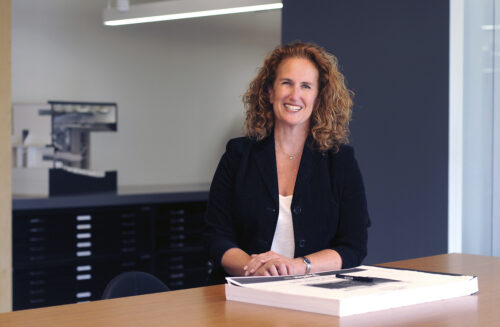
Stephanie is a Principal with Pfeiffer—A Perkins Eastman Studio. She oversees a practice committed to the renovation and adaptive re-use of existing buildings and the planning and design of student life projects. She also mentors younger staff in navigating questions about what buildings mean and how we can enhance them for future generations. Stephanie’s passion for existing and historic buildings stems from a childhood immersed in England’s historical architecture and later exposure to a diversity of architectural styles when she moved around the United States. Throughout twenty-five-plus years of creative and technical practice working with historic, midcentury, and recent-past buildings for cultural icons, civic landmarks, and academic campuses, she has steadfastly advocated for the essential value of renovation and adaptive re-use—not simply to preserve architectural heritage, but to provide current and future generations with meaningful spaces of renewed and sustainable relevance. In the academic realm, she strives to support the educational mission by designing rich, multi-faceted student experiences in existing buildings, inclusive of libraries, student unions, and student residences.

















